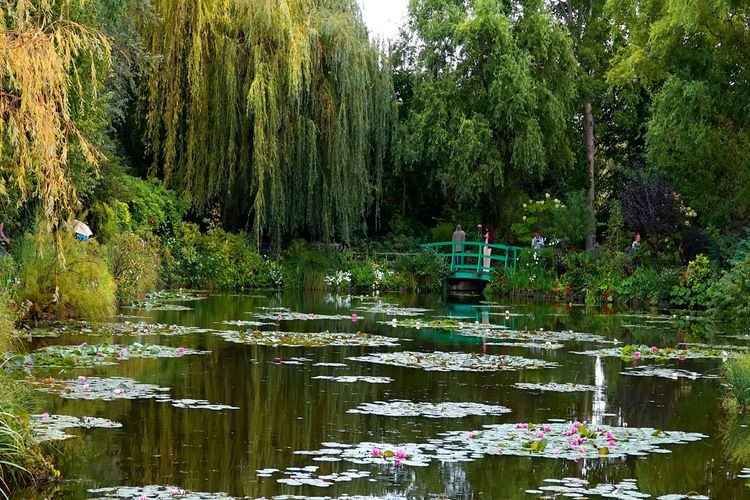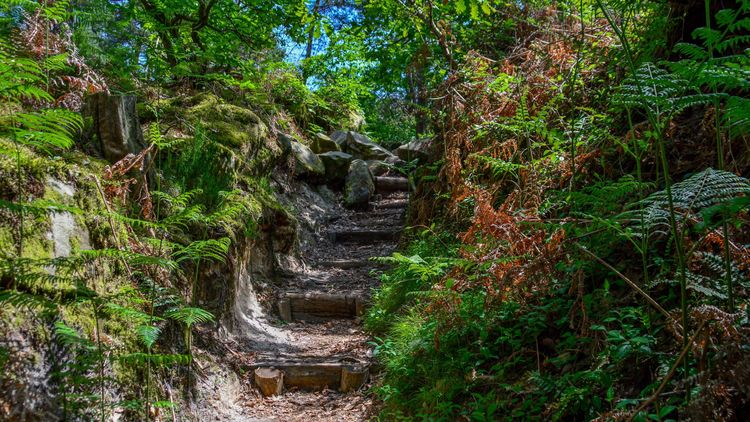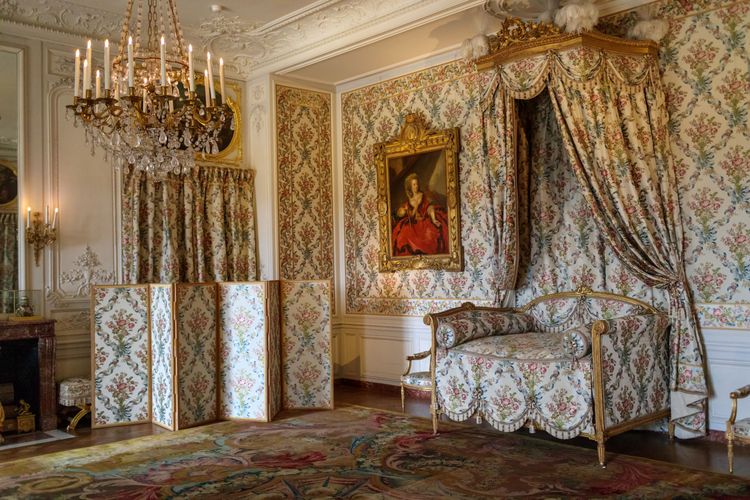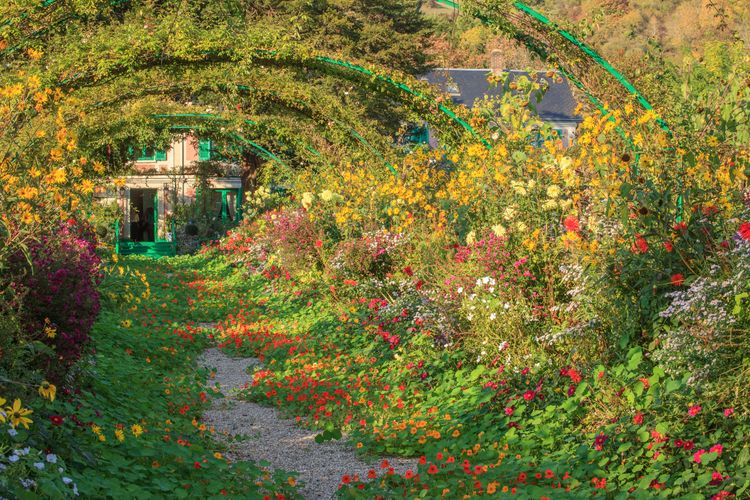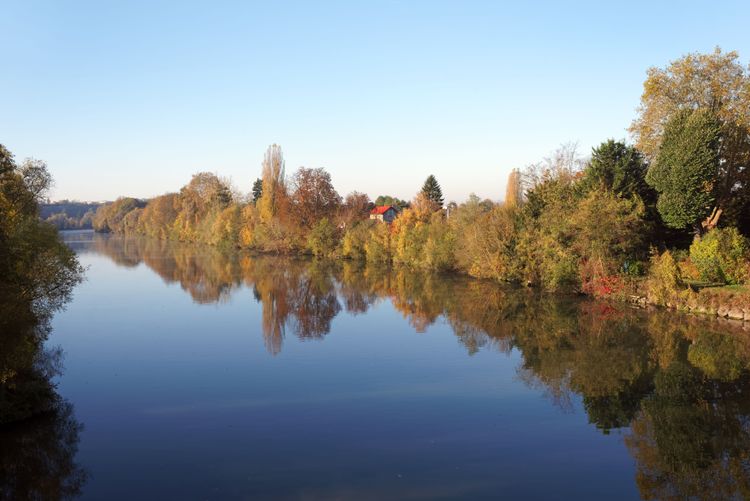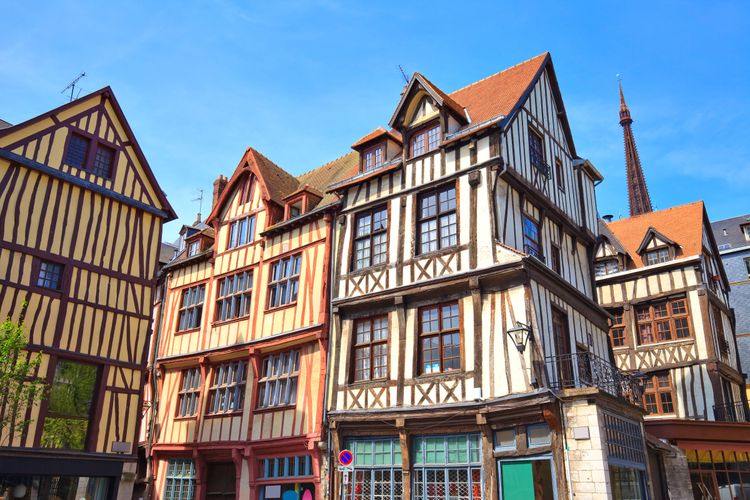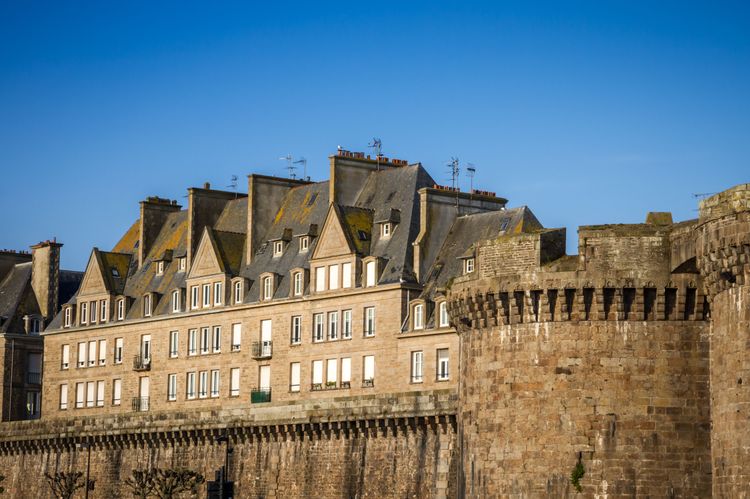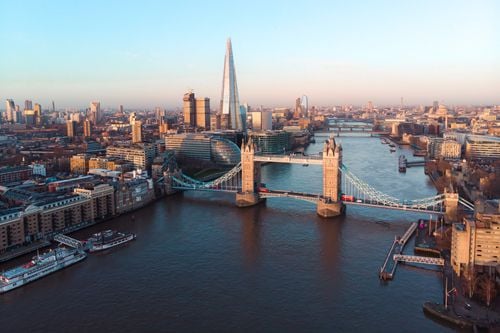Around 45 minutes by train.
Fontainebleau is a town with a royal past. Thirty-four French sovereigns, from Louis VI in the 11th century to Napoleon III in the 19th century, have spent time in and around the hamlet, whether that be in its forests, which Louis IX called his personal “wilderness”, or in the spectacular Château de Fontainebleau, which has been a UNESCO World Heritage Site since 1981. So, when visiting Fontainebleau, there’s no better thing to do than follow in these esteemed footstops, with both the forests and the castle now being open to the public. The Fontainebleau Forest is the third-largest wooded space in France, covering 250 km2, and was designated as the world’s first nature reserve in the nineteenth century following the emergence of an artistic cult around the forest, particularly among the Barbizon School and the Impressionists. Today it offers a variety of walks and hikes for those looking to get out the city and sink back into nature for an hour or two.
